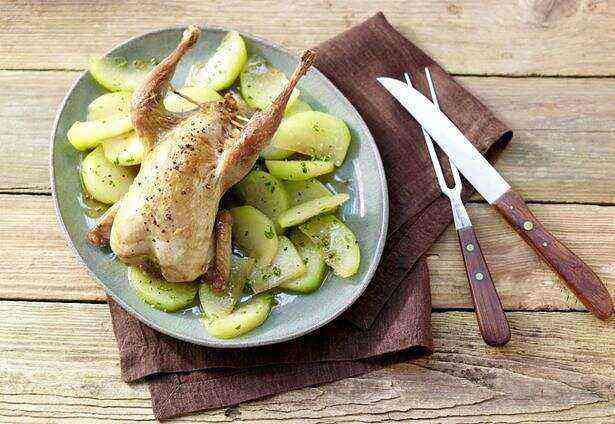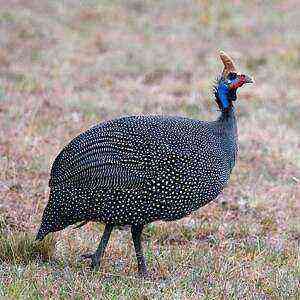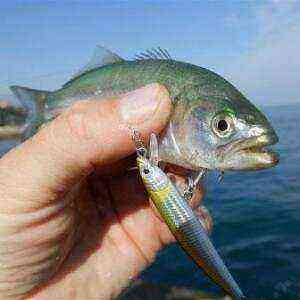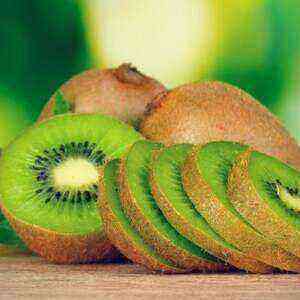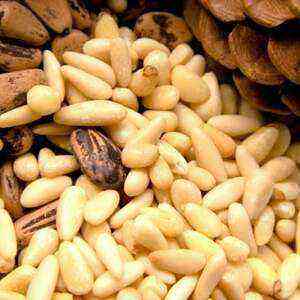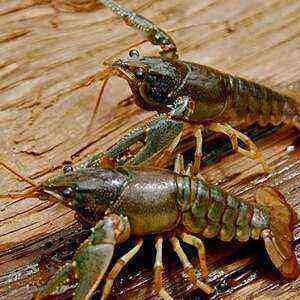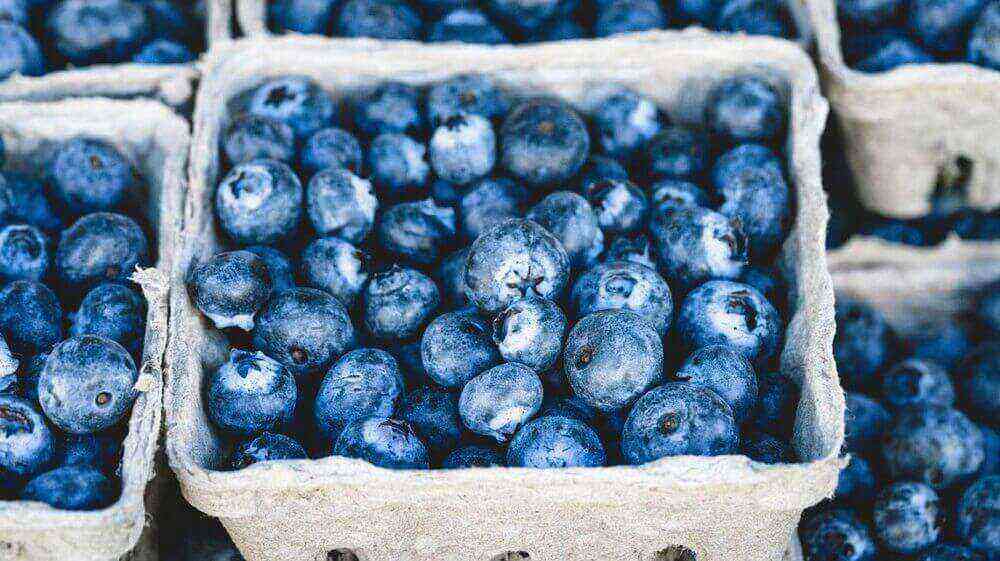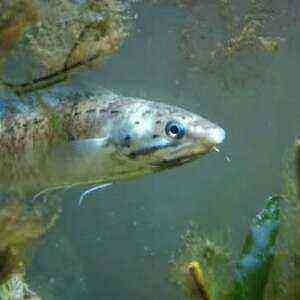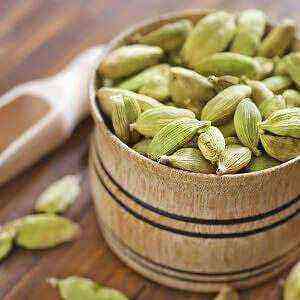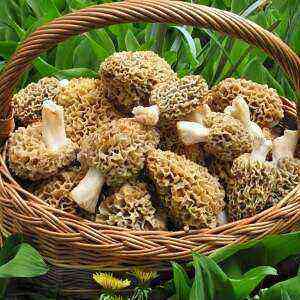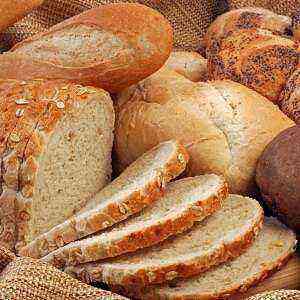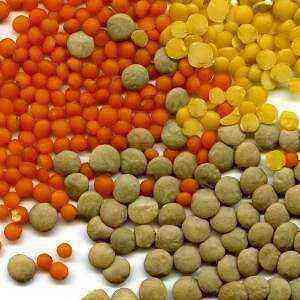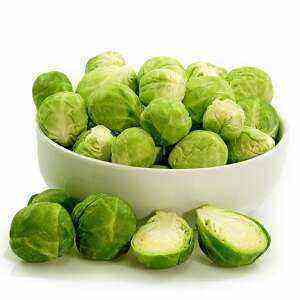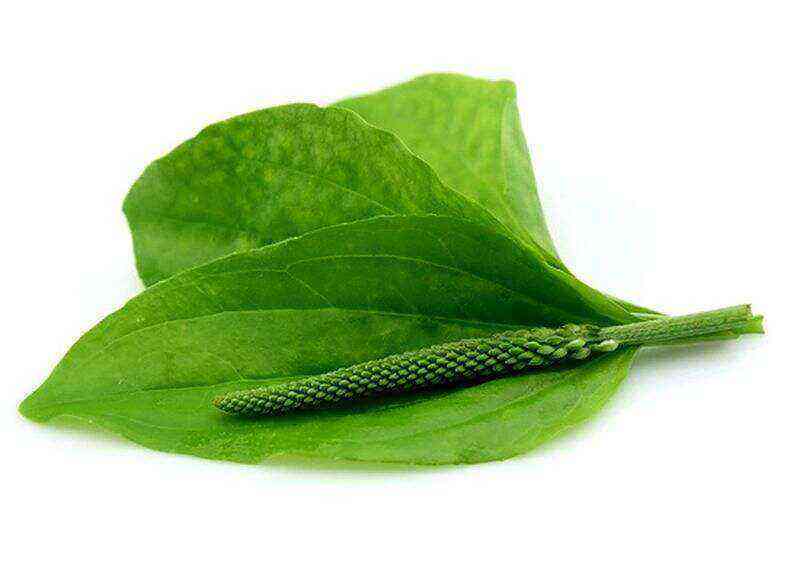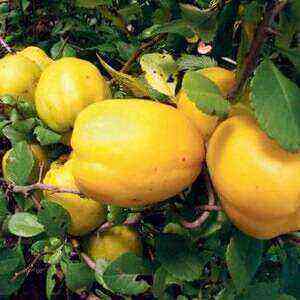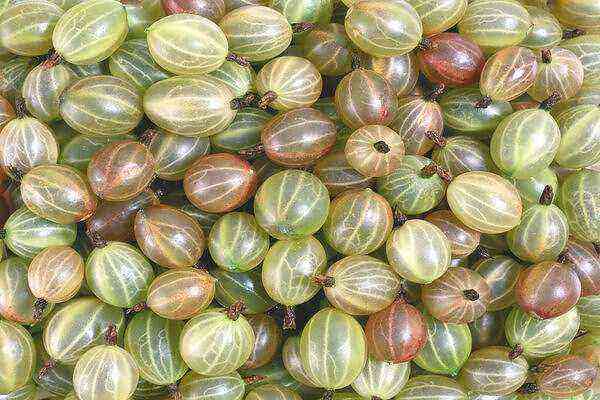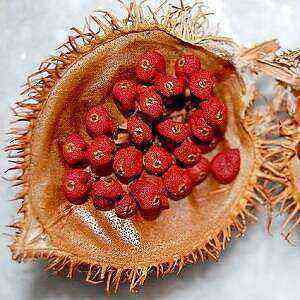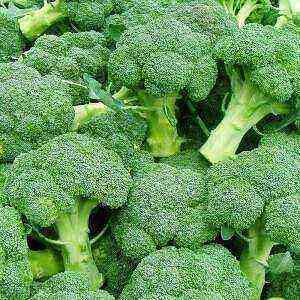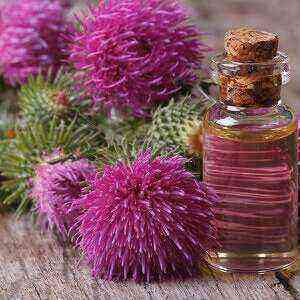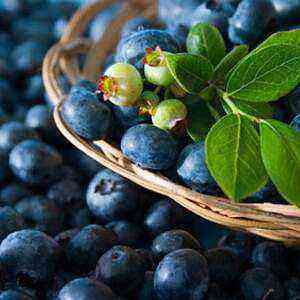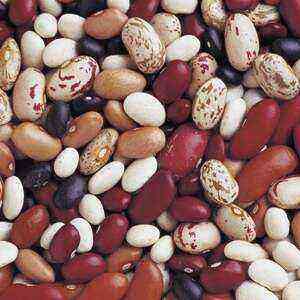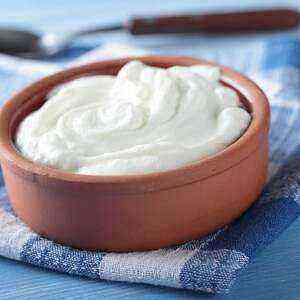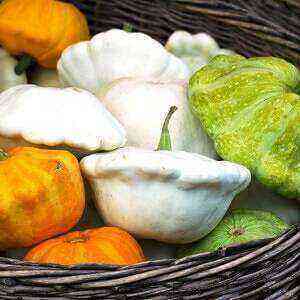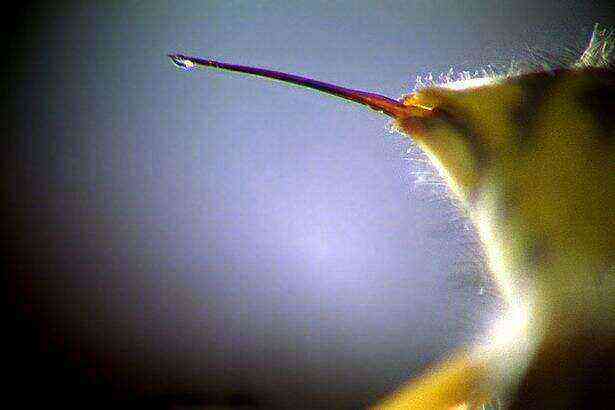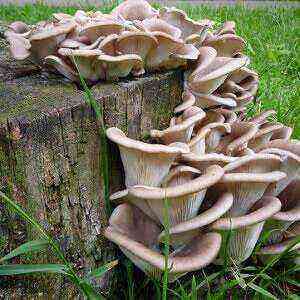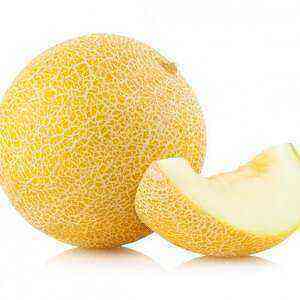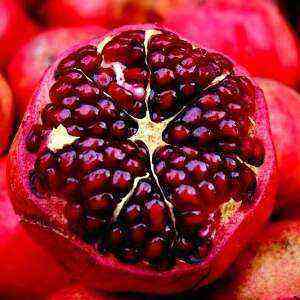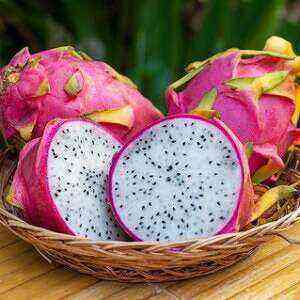
Dragon fruit is a weighty fruit, weighing up to 1 kilogram and elongated. It tastes like banana and kiwi. Exotic fruit is a low-calorie product (100 grams contains 30 calories), rich in trace elements (iron, calcium, phosphorus) and vitamins of group B, C. Pitahaya pulp improves the condition of the digestive tract, accompanied by high acidity, lowers blood glucose levels, normalizes endocrine glands (useful in diabetes mellitus).
According to legend, the fruit embodies the fiery essence of the dragon, which resembles the flame of an animal. It is believed that every person who has eaten pitahaya experiences a surge of strength and courage. And doctors have confirmed the beneficial effects of the feathered fruit on the work of the digestive tract and heart.
Botanical description

Interestingly, excess moisture contributes to premature fall of flowers and fruit rot. Unripe fruits are often pecked by birds.
The dragon’s eye is a plant that parasites love. Dothiorella causes brown spots on the fruit, and Xanthomonas campestris causes rotting of the green part (stem).
Views:
- Costa Rican (costaricensis, polyrhizus). The flesh and skin of the fruit are red.
- Yellow (megalanthus). The pulp is white, the skin is yellow.
- Red (undatus). This is the most common type. The flesh of the fruit is white, the rind is red-pink.
Dragon fruit is low in calories, sweetish in taste (sometimes insipid), suitable for consumption raw. The pulp of the fruit is added to salads, used as a basis for making wine. Pitahaya is eaten chilled, separate from pungent dishes. Flowers are edible, they are added to tea.
Pseudohematuria, a harmless condition in which urine and feces change color (turn red), can occur when eating a Costa Rican pitaya with crimson flesh.
The dragon fruit is easily damaged when pressed, so it is difficult to transport it. This is due to the high cost of the product in countries where the fruit is not cultivated.
Chemical composition
The representative of the sweet pitaya of the cactus family is 90% water, it has a rich vitamin and mineral composition. Fruit enzymes help with stomach pains, support the thyroid gland, and have a positive effect on the cardiovascular system.
Dragon’s eye seeds – a source of tannin, improve the condition of people suffering from diabetes, increase visual acuity.
The greatest value for the human body is provided by raw fruit. Moreover, it is subject to various types of culinary processing: cooking, baking, frying. Sherbet, sauces, preserves, jams, and wine are made from it.
Table number 2 “Chemical composition of pitahaya pulp”
Name
Nutrient content in 100 grams of product, milligrams
Vitamins
Ascorbic acid (C) 5,0-25,0 Niacin (B3) 0,2-0,4
Macronutrients
Калий
110,0-115,0
Фосфор
15,5-35,0
Кальций
6,0-9,5
Trace Elements
Iron 0,35-0,69
In appearance, pitahaya resembles pineapple, the consistency of the pulp is similar to sour cream, the taste is like banana and kiwi. The yellow dragon fruit has the strongest aroma. It is also the sweetest of its kind.
To eat or not to eat?

What are the benefits of dragon fruit?
- Rich in antioxidants. These compounds neutralize free radicals that cause aging in the body and the formation of cancer cells. With regular consumption of the exotic fruit, the skin will become younger and denser.
- Contains a lot of fiber. Removes toxins, toxins, regulates the intestines.
- It has anti-inflammatory properties. Facilitates the course of chronic diseases.
- Regulates blood sugar levels.
- Increases skin elasticity, heals acne (when applied externally in the form of masks).
- Resists the development of respiratory diseases, increases the number of leukocytes in the body, preventing the growth of bacterial, fungal infections.
- Vitaminizes the body.
- Improves eyesight.
- Promotes systematic weight loss.
- Increases appetite.
- Prevents arthritis, relieves joint irritation, reduces swelling.
- Heals cuts, wounds.
- Strengthens tooth enamel.
- It has a beneficial effect on the nervous system.
From the stems and flowers of the dragon fruit, a medicine is prepared that stimulates blood circulation and relieves spasms. Locals in Thailand use the juice from the plant as an anthelmintic.
Pitahaya is an exotic fruit that can cause heartburn, flatulence, diarrhea and food allergies. At the first use, you should limit yourself to one slice of the fruit, look at the reaction of the body. In the absence of side effects, the amount of fruit consumed at a time is gradually increased.
Children under 3 years old are contraindicated to introduce dragon fruit into the diet, as it can cause diathesis.
How to eat pitahaya?
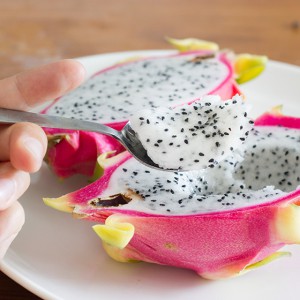
- Preparation of the pitahaya. Choose ripe fruits with pink or bright red skin and soft flesh. Avoid fruits with brown dry spots, dents, and thorns. Cut the pitahaya in half. Scrape out the pulp with a spoon. In a ripe fruit, it peels off easily. Refrigerate it before use.
Remember, dragon fruit skin is inedible, and when ingested, it causes stomach cramps and pain.
- Cooking pitahaya kebab. Soak wooden skewers in water. This will prevent the raw material from charring during roasting. Light the grill. Prepare the fruits: cut the fruits (mango, pitahaya) into pieces, string on skewers. Place the kebabs on the grill. Cook until lightly browned, then remove from heat. Serve with a bowl of sugar for sprinkling.
- Making a fruit cocktail. Prepare the fruit. Dragon eye goes well with strawberries, peaches, bananas, raspberries, blueberries. First of all, cut one pitahaya in half, remove the pulp, chop. Wash 500 grams of blueberries. Peel and slice one banana. Choose a cocktail base. This can be whole milk, soy milk, nut milk, or yogurt. For a variety of taste, additional ingredients are introduced into the fruit cocktail: sugar, syrup, honey, apple and grape juice, peanut, almond butter. All components are placed in a blender bowl, the contents are thoroughly whipped until a homogeneous mass is obtained.
If the cocktail turns out to be thick, dilute it with water, juice or milk. Add oatmeal to too runny mousse. Pour the contents into glasses, garnish with fruit and straws before serving.
- Pitahaya sorbet. Process the fruit: peel, cut, carefully remove the pulp. Save the halves for serving, they will serve as plates. Pre-chill them in the freezer. Mix the ingredients for the sorbet: 30 grams of sugar, 170 milliliters of water, 15 milliliters of lemon juice, fruit pulp. Whisk in a blender. Pour the resulting mixture into an ice cream maker and freeze the sorbet according to the manufacturer’s instructions. Arrange in pitahaya halves, serve with a muffin or airy biscuit.
Wash the fruit thoroughly before peeling it off. Please note that the surface of the fruit should not be damaged, otherwise pathogenic bacteria can enter the pulp through cuts or dents, cause product rot and lead to human poisoning.
Conclusion
Pitahaya is a fragrant, slightly sweet fruit with small outgrowths of yellow, red or purple. The pulp is white, pink, filled with small black seeds. A bushy tree-like cactus is actively used in cooking for the production of alcoholic beverages, sorbets, yoghurts, jams, sauces, jellies, sweets, ice cream, and dairy products. The peel is inedible and may contain harmful substances (pesticides).
Pitahaya pulp is a low-calorie dietary product (30 calories per 100 grams) that tastes like melon, kiwi and banana. Differs in a high content of iron, potassium, phosphorus, ascorbic acid and carbohydrates. According to the results of medical research, scientists have come to the conclusion that the fruit is useful for people with endocrine diseases, suffering from diabetes mellitus, stomach pains. The prickly pear strengthens the immune system, normalizes the work of the cardiovascular system. The main condition is to choose high quality fresh fruit. Shelf life – no more than 3 days in the refrigerator. Ripe pitahaya is soft and rich in color. And unripe – hard to the touch and pale. Spots, mildew, wrinkles and cracks in the peel are reasons to refuse to buy a product.
Interestingly, a bland taste is a normal phenomenon for this fruit, the main trump card of which is its unusual impressive appearance. Pitahaya seeds are difficult to digest in the gastrointestinal tract, so they should be chewed thoroughly. Before use, the fruit is kept in the refrigerator for 2-3 hours. This improves the taste of the fruit and makes its herbal aroma richer.
Despite the indisputable advantages of the dragon fruit, remember that this is primarily exotic, which may not be perceived by the human body and cause an unwanted allergic reaction. Be careful with your diet and introduce new products with small doses (15-50 grams)!
